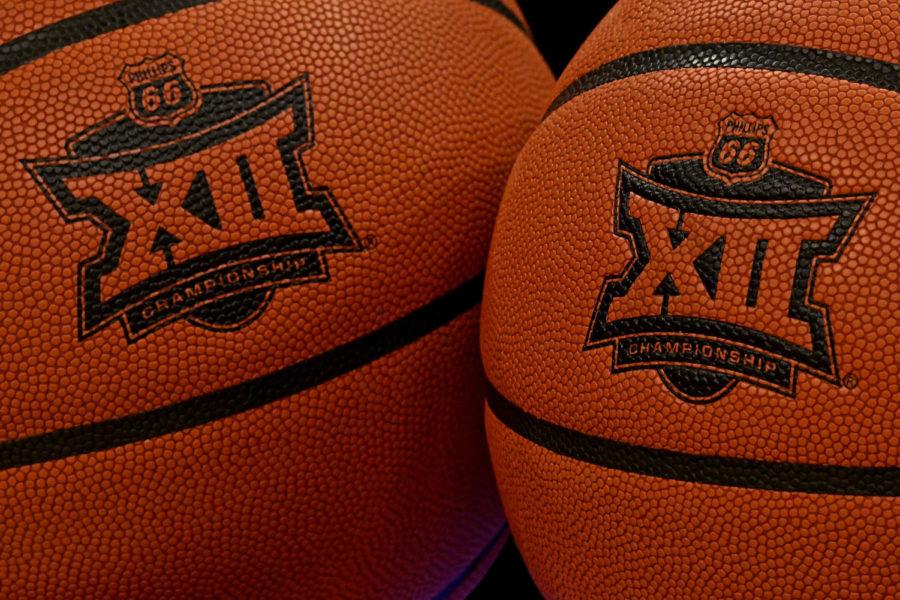Galloway: The unwritten rules of basketball etiquette, part one
Columnist Noah Galloway lists some unspoken rules of basketball etiquette for both beginners and regular players.
June 23, 2021
Editor’s note: This column is part one of a two-part series.
-
When is the ball “checked?”
A check occurs at the start of the game in addition to following a foul call. Everyone stands around, and the guy who happens to be closest to the middle of the floor beyond the 3-point line will get the ball and throw it to the defender. The defender usually looks around to make sure everyone is ready and tosses the ball back. When this occurs, the game is in play and the offensive player must pass the ball before he shoots. The second time a check ball occurs is when an offensive player calls a foul. Then, the team resets at the top of the 3-point line, and the possession begins.
-
Offensive calls foul?
There is some debate about this. I’ve read that the defensive player calls the foul, but I’ve also heard the offensive player always calls their own foul. As the offensive player, be sure to only call obvious fouls. No one likes the guy who is constantly calling fouls. Additionally, make sure to call the foul as it happens and not after the fact when you know it’s not going in.
Let me warn you that people will clearly foul you and then act like they didn’t touch you and sneer occasionally. Never back down after you call a foul. Many times, the other player doesn’t want to look bad, so they act like nothing happened at all. Oftentimes, you beat them off the dribble and they foul so they don’t look bad. I’ve had instances where someone elbowed me in the face when they ripped the ball from my hands and then acted like they didn’t even touch me. This is what people do, stand your ground!
-
Nothing cheap.
Never cherry pick. Don’t be the guy who doesn’t run back for defense, or is too slow in doing so, just to make sure he can get a free layup when his team rebounds the ball. Also, when the teams are shifting and it’s hard to remember who is on your team, don’t be the person to call for the ball at the beginning of the game when your opponents are still trying to figure out who is on their team. Nothing cheap also comes into play with fouls.
-
Ones and twos
There isn’t a great reason why pickup basketball goes by ones and twos other than that it’s tradition. One good point mentioned in “Basketball and Other Things” by Shea Serrano is that many pickup games occur on double rims in a city. Double rim hoops are much thicker and not as soft as regular basketball hoops. It’s much more difficult to make a shot because the rim has no give to it, and it doesn’t usually reward a soft touch. Serrano mentioned if you can hit a 3-pointer on a double rim, you should receive twice as many points as a layup. Pickup games are typically played to 11 or 15 — layups count as 1 point, and 3-pointers count as 2.
-
What if I’m a beginner?
If you aren’t good but you play hard, people don’t care. People love the guy who is setting screens! Do this as much as you can if you are a beginner and look up a few tactics. People will appreciate it if you are giving them great driving lanes and shooting pockets. If you are a big guy and you can’t shoot, then you shouldn’t be launching 3s. If you are too small and can’t get off a shot in the paint, then shoot from the outside.
People would much rather play with someone who is average but plays hard and is team-oriented rather than someone who is amazing but lazy and wants to go one-on-one all game. People are playing for fun or burning calories, and they usually just want to have a good time. It’s frustrating to sprint down the floor and have someone who is selfish not make the right pass.

















